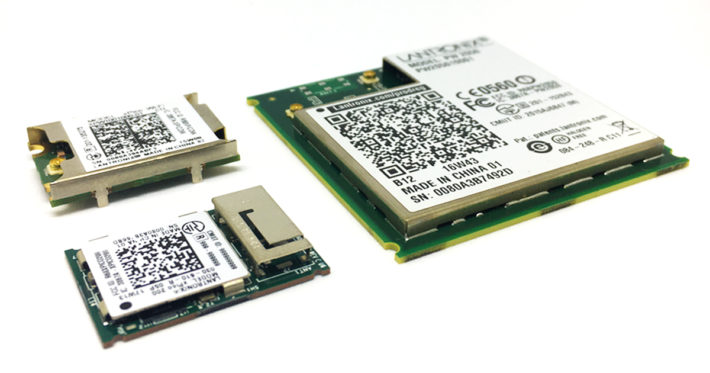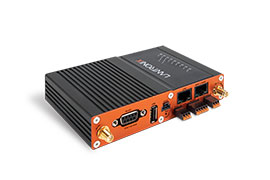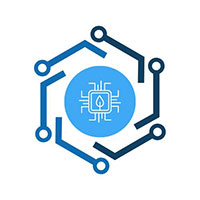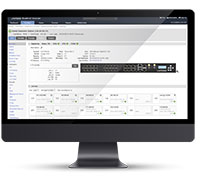
Why Every OEM Developing an Industrial IoT Solution Should Use Wireless Modules

Lantronix Wireless Modules (Left to Right): xPico Wi-Fi, xPico 240 and PremierWave 2050
Today, the demand for IoT solutions continues to grow at a rapid pace – by 2020, it’s estimated that the number of connected machines will be more than 34 billion – more than four times the human population. For industrial OEMs, delivering a smart connected IoT solution can deliver substantial benefits including reduced device support and maintenance costs, enhanced customer engagement and satisfaction, a differentiated product, and potentially a new business model.
A pervasive Internet of Things (IoT) depends upon wireless connectivity, as it provides many advantages over wired connectivity. There is a variety of wireless connectivity technologies available to satisfy the needs of a broad range of industrial use cases from precision farming to connected factory, including distance, data rates and battery life. However, developing wireless based solutions with connectivity standards such as Wi-Fi or Bluetooth is not as simple as it sounds. In developing wireless based products, the RF portion of the design is inherently difficult to design and implement. Few companies are equipped with the appropriate skills to implement RF and antenna design, and even when done, keeping that design up to date with the latest standards. Furthermore, getting wireless products through FCC compliance is time-consuming and costly.
This challenge is what wireless modules are designed for: to reduce the development time and risk of developing wireless based products. Wireless modules are building blocks that can be quickly integrated into existing or new designs to get them to market quickly with wireless connectivity without any RF expertise.
But not all modules are created equal. When integrating wireless technologies into your products, a few questions to ask are:
- Which RF Integrated Circuit (RFIC) is used in the modules? Is it world class and does it provide a reliable, long distance coverage? Is it interoperable with other vendors’ solution?
- Does the module come pre-integrated with the complete connectivity stack and sample applications?
- Does the module come pre-integrated with cloud connectivity for easy provisioning, monitoring, and maintenance?
- Does the module come with enterprise grade security?
- Is the module designed for industrial environments and extended temperature ranges?
- Is the module fully certified?
- How long is the module warrantied for?
Selecting the right module can deliver significant benefits including reduced time to market, reduced R&D expense, reduced development and post-sales maintenance risk, and avoidance of costly and time-consuming regulatory certifications. For an industrial OEM looking to stay ahead in a competitive marketplace, all of these benefits can add up to millions of dollars in cost savings and potential revenue opportunities.
–Lantronix
Lantronix’s certified modules and embedded gateways deliver:
- Industry-leading performance including longest WiFi range, proven interoperability, lowest power consumption, and highest reliability.
- Fastest development time with full certifications, integrated software stack, and applications.
- Dependable and proven supplier with millions of modules shipped worldwide, world class on time delivery, worldwide distribution.
—Shahram Mehraban is the Lantronix VP of Marketing. You can follow Shahram on Twitter @mr_iiot.














